WHY HIGHER ENTRANCE FEES WILL HURT OUR NATIONAL PARKS: Better Ways to Support Them
The National Parks are called that for a reason. They’re not the Parks for the One Percent. Not just the Parks for People with Cool Gear.
Some people say there are too many people visiting the nation’s parks. They argue that increasing entry fees specifically during peak visitation times will help keep the parks open and maintained — especially, they say, because the current administration is unlikely to adequately fund them.
It’s true that attendance at some National Parks has skyrocketed, and that some visitors have damaged them. The New York Times reports that Zion National Park’s “delicate desert ecosystem has been battered by tourists, some of whom scratch their names into boulders and fly drone cameras through once quiet skies.” One suggestion is rather than charging higher fees, parks should take reservations and cap attendance when that’s needed. That’s more equitable than raising fees.
As to the economic argument, the administration is “hoping” that higher fees will bring in an estimated $68 million. But at the same time, the administration would cut the National Park Service budget by a whopping $322 million, through a regressive fee that will hurt new users (who are less likely to buy a pass) the most.
Another truth is that attendance at many of our National Parks dropped radically in past decades. Not surprisingly, so did political support for them. Fortunately, in more recent years, attendance began to rise, in some parks substantially, but that increase appears to be primarily among aging Baby Boomers. Visitations still lag among families with children and people who are not white or affluent. As for overuse, yes, some parts of our National Parks are overcrowded, but congestion is typically on the roads, not deeper in the park. Especially in some of the most popular parks, few visitors get more than a quarter mile, if that, from their cars.
Reducing financial support for parks is unconscionable; raising fees will be counterproductive.
Higher fees discriminate against people who are not affluent; higher fees reduce political and social support for the gift that prior generations of Americans entrusted to us. If we really want to protect our parks, fees should go down, support should go up and more programs should be created to teach visitors, especially the young, about nature — how to treat the parks, and nature, with respect and care, and to take that knowledge home to their communities.
As part of the new nature movement, efforts such as the Every Kid in a Park initiative, which provides free annual family passes to every fourth grader in America, can help the next generation of visitors to value and care for nature — and at the same time improve the physical, emotional and cognitive health of millions of children.
We can also take the next step: While increasing support for existing parks, we can create more of them, especially in urban areas — and not necessarily in traditional ways. For example, we can follow Doug Tallamy’s advice and create a Homegrown National Park (or better yet, a Worldwide Homegrown Park); to build urban biodiversity, we can plant native species and create wildlife habitats in our private yards, green schoolyards, and even on new green roofs. Enlightened urban planning can help transform our urban areas into nature-rich cities. Nature-rich cities can make nature available to everyone, and build support for parks.
Unless more Americans feel, as originally intended, that they’re shareholders in the National Parks — that they own them not only by legislative contract but within their hearts — there will be no real political constituency to support them in the future.
Without that deeper connection to the parks — which can only occur if people, regardless of their economic, ethnic or political background, come to know and protect them personally — the nation’s parks will gradually be privatized, in part or in whole. Beginning at the edges, our parks will be handed over to the extractive industries or developed into residential neighborhoods and commercial districts. Elitism kills parks. It also kills what is best about America.
-
Network News
POLICY UPDATE: Policy and advocacy for the children and nature movement
-
Voices
Binoculars, bald eagles and my journey as a Black birder
-
Richard Louv
THE WONDER BOWL: Ten Spring and Summer Nature Activities for Kids and Adults
-
Network News
Minneapolis Spotlight: The promise and possibilities of parks for youth
-
Voices
Why nature is my motherhood ally


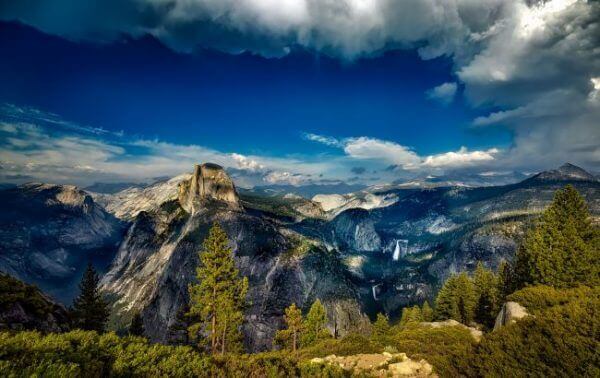
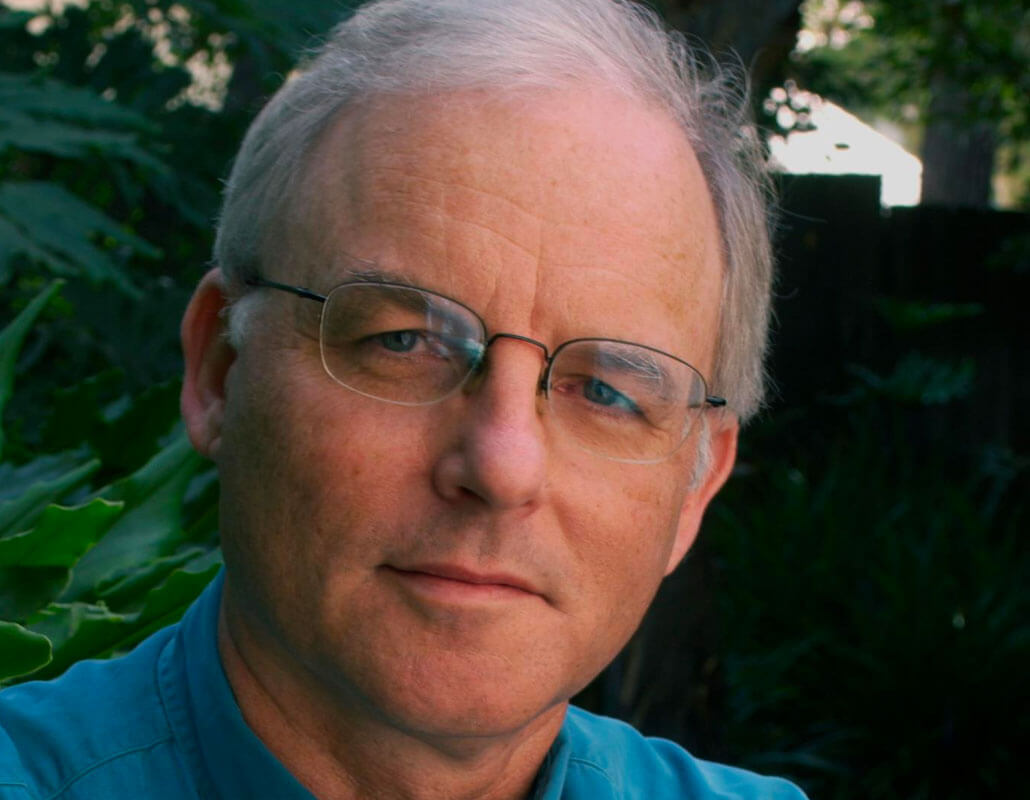
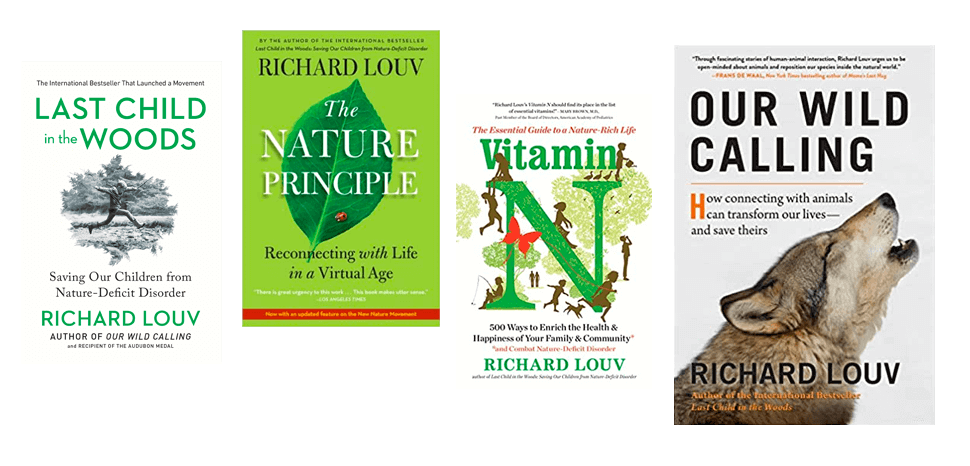
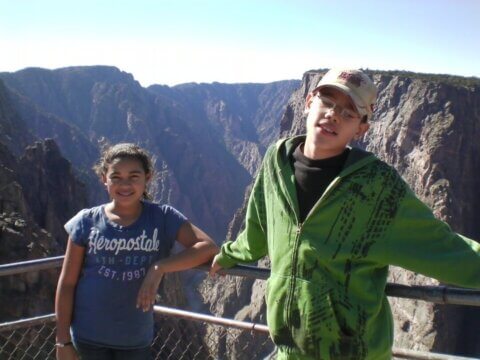
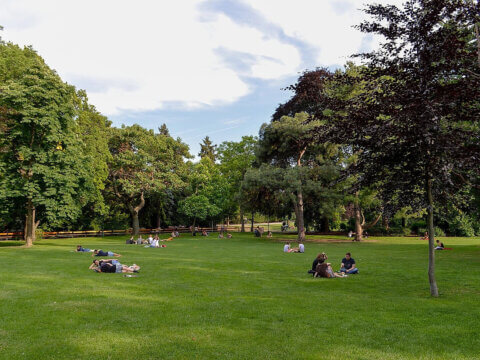
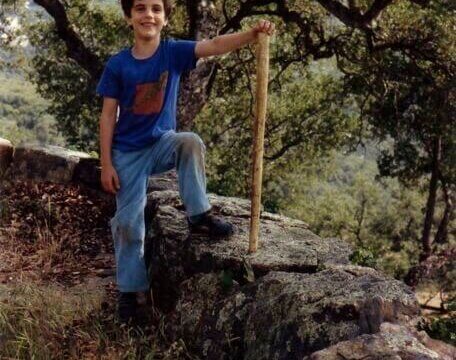
Commentaries on the C&NN website are offered to share diverse points-of-view from the global children and nature movement and to encourage new thinking and debate. The views and opinions expressed are those of the author(s) and do not necessarily reflect the position of C&NN. C&NN does not officially endorse every statement, report or product mentioned.